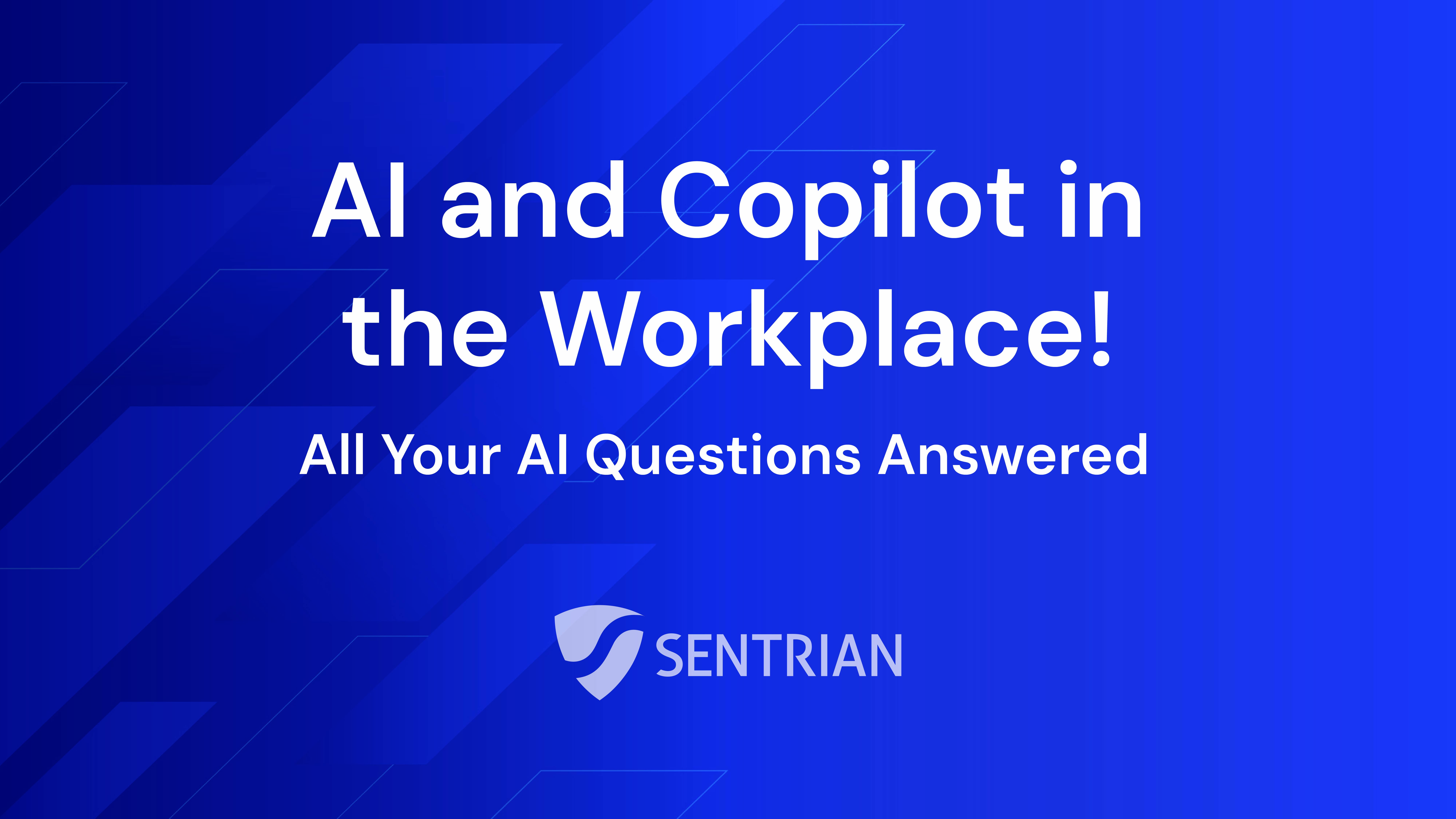Curved monitors are relatively new to the general market and were initially recognised as enhancing the gaming experience. But should we be considering them in our offices, and even our home offices? Let’s take a look at the advantages and drawbacks of curved versus flat monitors.
Firstly, by way of introduction, curvature measures the degree of the curve. For example, 1800R of curvature means that if you line up enough of these monitors to form a circle, the radius would be 1800mm or 1.8 metres. Generally, a gaming monitor will have a tighter curve than those designed for other purposes.
Perhaps the biggest attraction of a curved monitor is the feeling of being immersed, an obvious attraction to gamers and viewable media watchers. The curved screen expands our peripheral vision enabling us to better focus on the screen content without distraction. Further, seeing the content in almost a 3-dimensional view is more engaging than a standard 2D view.
Glare is an oft spoken of topic when comparing curved to flat screens. While there is no argument that curved screens cut down on distortion by directing light to the eye, opinions differ on glare. If positioned correctly, a curved screen will reduce glare and reflections. However, if the surrounding lighting cannot be confined, the curve will collect the glare at countless angles which will be much more annoying than any flat screen. Therefore, the lighting and environment of your office space may need to be considered prior to making the change.
The larger horizontal screen may be good for those who like to multitask for work on a single screen, opening and working with multiple apps and documents. However, for those of us who have become accustomed to working across two (or even three) screens, it can be tricky setting up multiple curved screens due to the extra space required and the alignment.
So, you’ve decided to bite the bullet and try the latest gadgets in monitors, what’s the drawback? In order to benefit from a curved screen, you need to go big. Traditional screens have an aspect ratio of 16:9 but to be beneficial, a curved monitor is 21:9 (or even 32:9), that’s an extra 33% or more. Obviously, this adds to the space required on your desk but also adds to the cost of the monitor.

Continuing with a comparison on the specs of each monitor, curved screens have height and tilt adjustments but not swivel control. For obvious reasons, the curved screen cannot pivot to a vertical position so that could be a limitation for some users. Further, ports often face downwards on the back side so it’s beneficial to connect cables at the time of set up as the monitors are large and cumbersome to move once in place.
In summary, if you like to game, watch media or work in a creative role with photos and graphics, the curved monitor is definitely for you. Converting to a curve is a bigger decision for those of us working outside of these areas. Although not impossible to move over to the curve if you’re attracted by the big immersive screen and (potentially) lower glare, it may take a little bit to become accustomed to multitasking on one big screen instead of moving between two flat screens.
As usual with all things technology related, the choices are becoming greater and this will be another personal decision for the end user. If you would like to discuss your options, please contact your Client Services Manager at Sentrian.







